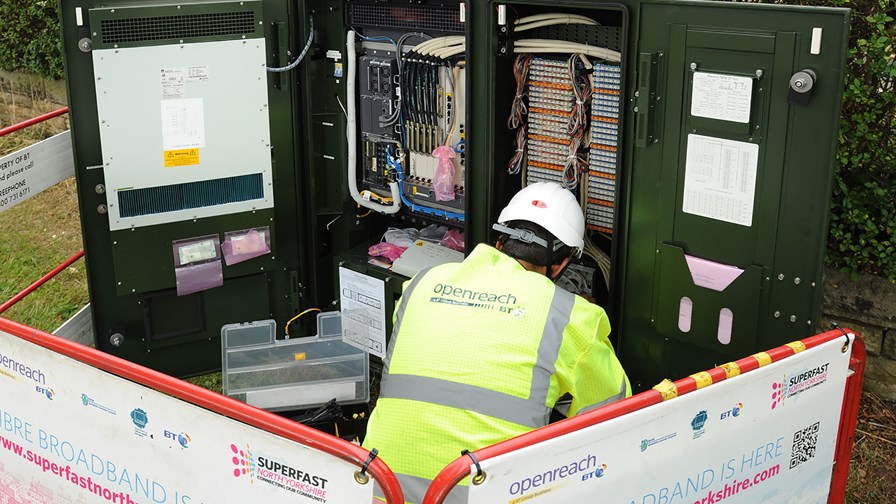
© BT
The economics of delivering high-speed broadband services to premises means that it is not always cost-effective to deploy FTTH, or indeed FTTC. Yes, we would all love to have the option of gigabit broadband, but a variety of factors (physical and political) mean that it remains unobtainable for most of us. The best we can hope for is improvement to our copper-based DSL supply.
Which is where vectoring comes in. Vectoring is a transmission method for VDSL2 deployments that coordinates line signals to reduce the level of crosstalk and improve network performance, rather like noise cancellation. Rather than just increasing maximum data speeds, vectoring helps subscribers get the speeds they were originally expecting – the headline speeds that were advertised by the service provider.
The problem of crosstalk increases with broadband’s popularity, as the more VDSL lines there are in a cabinet, the more likely that crosstalk will be a problem. Recent work suggests that vectoring has the most impact on lines between 50 and 500 metres from the distribution cabinet, with fewer gains for customers who reside further away. However, China’s Huawei yesterday announced that its new “SuperVector” technology promises improvements at up to twice that distance.
In laboratory testing with some of Europe’s telecoms operators (who wish to remain anonymous for now), it measured results that show the SuperVector prototype can achieve 400Mbit/s over 300 meters of copper, which is three times that of standard VDSL2 vectoring. It also said that it achieved 100Mbit/s performance over 800 meters of copper – which is more than suitable for future 4KTV services, for example.
SuperVector extends the frequency band from 17MHz to 35MHz, using the same DMT modulation and tone width as existing VDSL2 vectoring to guarantee the system is backwards compatible. But because spectrum extension has only a limited effect on long distance copper speeds, Huawei has developed new coding technology, optimised signal spectrum, and improved transmission efficiency.
Vectoring and G.fast
With copper networks remaining a critical asset for telecom operators – despite plans by the more innovative telcos out there to switch over their copper plant to fibre –Huawei says its new technology is also suitable for remote area broadband coverage, in addition to bandwidth gains for the original copper infrastructure.
Huawei is no newcomer to vectoring, having previously developed the industry’s first VDSL2 vectoring prototypes, as well as G.fast technology – the ITU standard for higher copper performance at short distances, up to 250 metres, and which is most suitable for dense areas and apartment buildings.
In the UK, BT is in the second phase of its vectoring trials via its Openreach infrastructure unit. Its current work suggests that VDSL2 vectoring has the most impact on lines up to 500 metres from the cabinet. In Germany, Deutsche Telekom has ordered around 24 million new vectored DSL lines and trails are underway in Switzerland, Italy and Belgium.
BT has also demonstrated that G.fast can deliver downstream speeds of 786Mbit/s, although only at a distance of a mere 19 metres. At 66 metres (a distance that BT says encompasses around 80 per cent of its connections), G.fast delivered 696Mbit/s, although these results were obtained in controlled trials.
Email Newsletters
Sign up to receive TelecomTV's top news and videos, plus exclusive subscriber-only content direct to your inbox.




